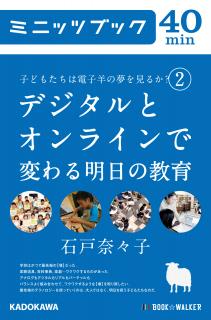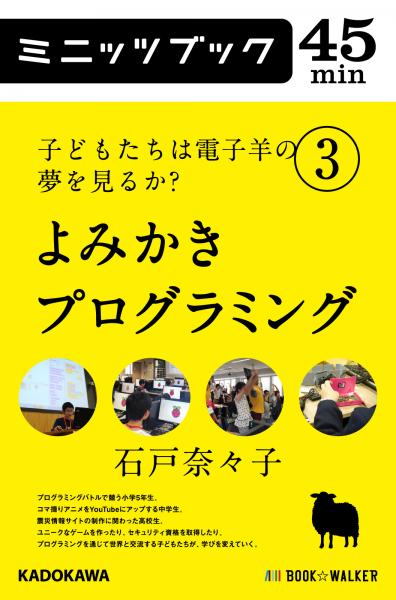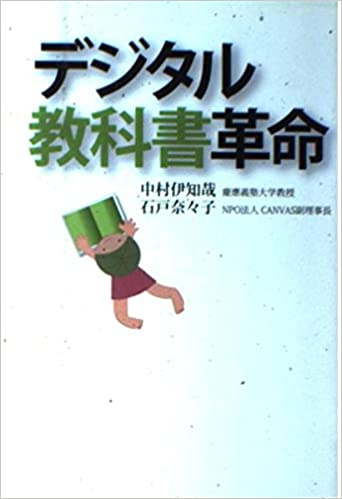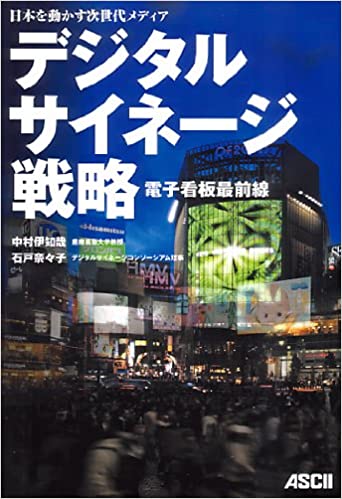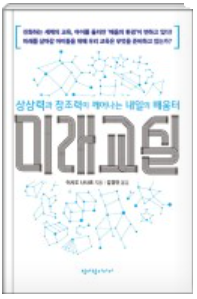English
- 2014.01.06
- 【EN】Workshop Collection
The world’s largest creative event, Workshop Collection
Once a year, the streets of Hiyoshi in Kanagawa Prefecture are suddenly alive with the sound of children’s excited cries. It is the time of year when the Workshop Collection, a fair made up of creative and expressive workshops for children, takes place. In this, its ninth year, 100 workshops will come together from across the country, making it one of the largest creative events in the world.
The unifying theme is “Create”. There are many activities in the world that involve listening, investigating, and learning, but all the workshops taking place here are made up of such activities as actively creating, showing, and communicating. It is a festival of creation and communication.
At past events, the venue has been filled with lively workshops of all types.
Using “Viscuit”, a revolutionary tool developed by NTT Laboratories with which you can program simply by drawing pictures and putting them in order, participants created large, moving pictures. A candy kingdom, inside the earth, the sky… Fathers, mothers, and children gave expression to their own individual worlds, and showed them on a large screen.
NHK Creative Library also took part. Participants created a mini animation with the popular character “Domokun”. Cute animals, beautiful scenery, the universe, dinosaurs: they mixed together footage taken by a professional cameraman and computer graphics in any way they chose to make a background, before bringing Domokun on stage. It felt exactly like being a TV producer.
In TBS TV & Radio’s “Let’s become a TV announcer and read the news!”, participants read various news items about different programs at Workshop Collection, together with a real announcer. The cameras were rolling, so it was just like being a real announcer.
In Suntory Museum of Art’s workshop, participants used tablet computers to create their own original designs in the style of Nabeshima ware, ceramics from the Edo Period. This new method of cultural experience fused Japanese art with digital tools.
There were also other workshops using various kinds of digital technology. Children from Japan, Australia, Mongolia, and around the world cooperated to create a virtual environment, talk, and connect with each other. Children built an original Augmented Reality robot, controlling it with their own bodies. Children created original musical instruments with iPad2. Children made computer characters and games for them. Children created their own unique web browser, and their own digital newspaper. Children used digital tools to communicate the sense of touch.
Of course, there are other things on offer besides digital. The range is broad, including sculpture, drawing, science, electronics, music, physical expression, moving images, nature and the environment.
In paper cup artist LOCO’s workshop “Connect with the world by string telephone!”, string telephones hung down from the ceiling left and right. Using these simple materials, paper cups and string, participants were able to feel their connections with others, and experience the joy of connecting with the world. They could talk not just with 1 other person, but with 10, 100, or even 1,000. The participants were surprised by just how many strings were stretched out around the room.
This space was an exact microcosm of the Internet; perhaps, of the world. Although we do not usually notice, we are all connected. If we nudge one cup, all the cups sway. We are all connected by strings, and if just one of these is cut, communication cannot take place. Connecting with the world, we will build one world together.
The entire venue came together as one, in high spirits. Boom, boom, swish, swish. Everyone forms a circle and improvises percussion instruments in the “Drum Circle” ensemble, a workshop run by Pecker of the Orquesta Del Sol.
In this free communication session, participants used the most primitive, approachable instruments, with which anyone can perform right away, to express themselves. Each one expressed their feelings in their own way through rhythm, feeling a sense of unity as they shared this time together.
Omelet, pizza, cake: one after another, children produced items for a restaurant menu out of colorful clay. Atelier Murette, a sculpture and painting school, offered this workshop in which the participants could freely mold the clay and mix it into dozens of different shades to make miniature food. The children were glued to their desks for a long time.
There were so many attractive workshops lined up that it is impossible to introduce them all… Making shoulder bags out of satchel leather. Making a fantasy octopus out of newspaper. Sculptures made from pine cones and other natural materials. The traditional craft of “Tsumami zaiku”, in which cloth is intricately folded to create decorative objects. Soft toys made from towels without using a needle or thread.
Putting together a time capsule for thirty years from now. Spatial production using clothespins. Hakoshiki, who turns animals, dinosaurs, food, flowers, cars, and everything else into boxes. Making original powdered toppings for rice. Making lenses for single-lens reflex cameras. Painting a giant picture in time to music. Creating a dance in which the dancers’ bodies write characters. Making cool stools out of empty boxes that used to contain plastic bottles.
Nizo Yamamoto, who worked on the background scenery for Laputa: Castle in the Sky, Princess Mononoke, The Girl Who Leapt Through Time, and other animations as artistic director, led a workshop called “Let’s draw a cloud together.”
Yuichi Kimura, the picture book author who created One Stormy Night…, the Baby’s Play Picture Book series, and more than 500 other famous picture books, held a workshop called “Let’s make a pop up book.”
Comedians Razor Ramon HG (Razor Ramon), Wacky (Penalty), Yosuke Ohchi (Dienoji), Joyman, Mouchu Gakusei, Lion Onishi, Kazuyuki Sakuma, GO! Miyagawa, Dekkachan, Tekken, and 5 GAP worked one on one with children in the “Yoshimoto kids comedy workshop.”
Kazuma Shirasaki (“Mikan Seijin”), Pyocotan (“Nishi Nippori Bruce”), and Makoto Ota (“Ms Kyanpachi of 3rd Grade Class B!”), professional manga artists whose digital comics appear in the Shonen Takeshi web magazine on Fuji Television’s website, worked together with participants in the “Let’s make flip animations!” workshop. The workshop was produced by Shinji Fukuhara, who worked on “Ugougoluga” and other programs.
These are some of the many lavish workshops which were on offer.
The children were completely caught up in the workshops, from morning until night. Their expressions were intent as they worked on creations. They played a lot, and learned a lot. Seeing their children like this made their parents smile broadly, too. Through the word of mouth recommendations of parents who are looking for a new learning environment for their children, Workshop Collection has grown into a two day event attracting 100,000 visitors.





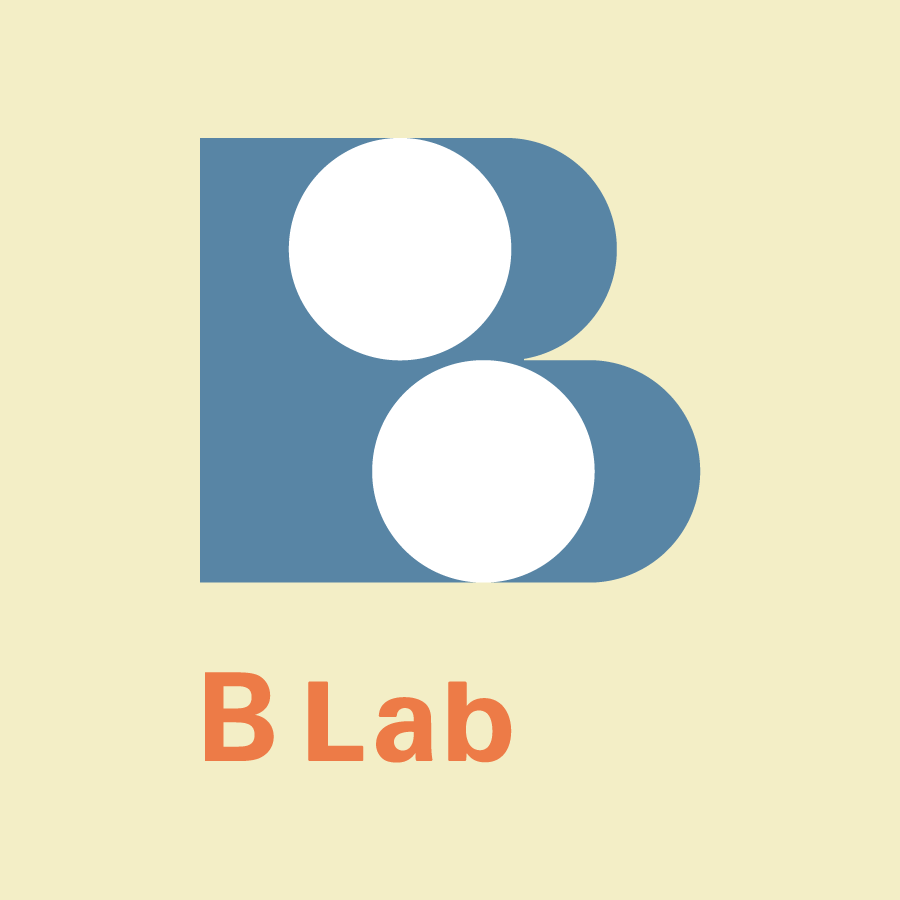
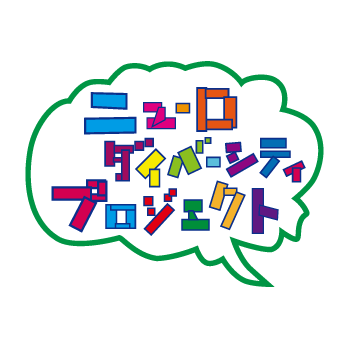

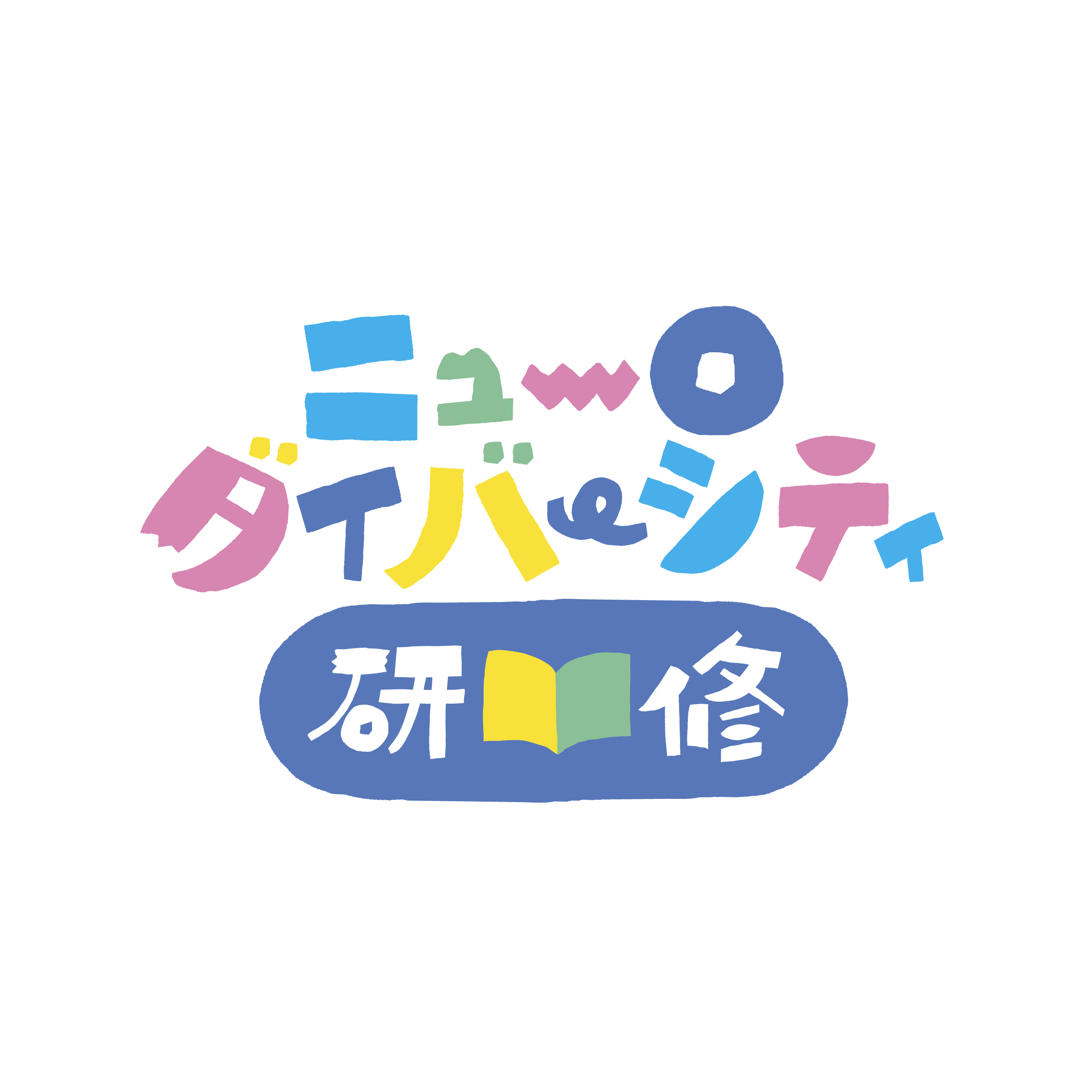

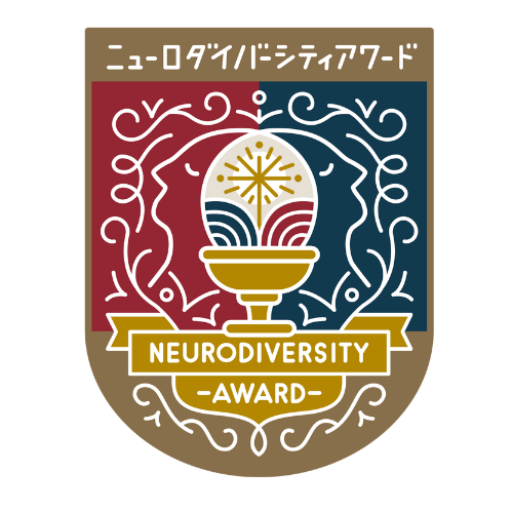



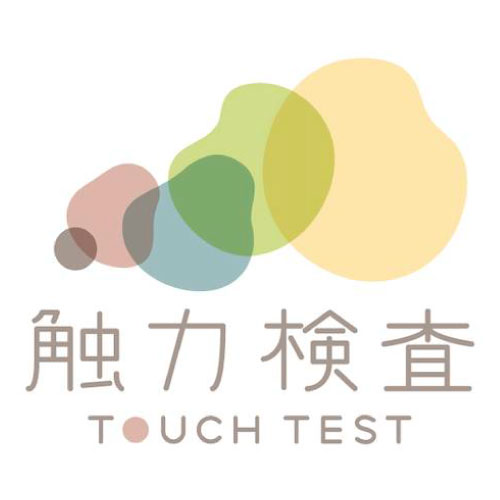
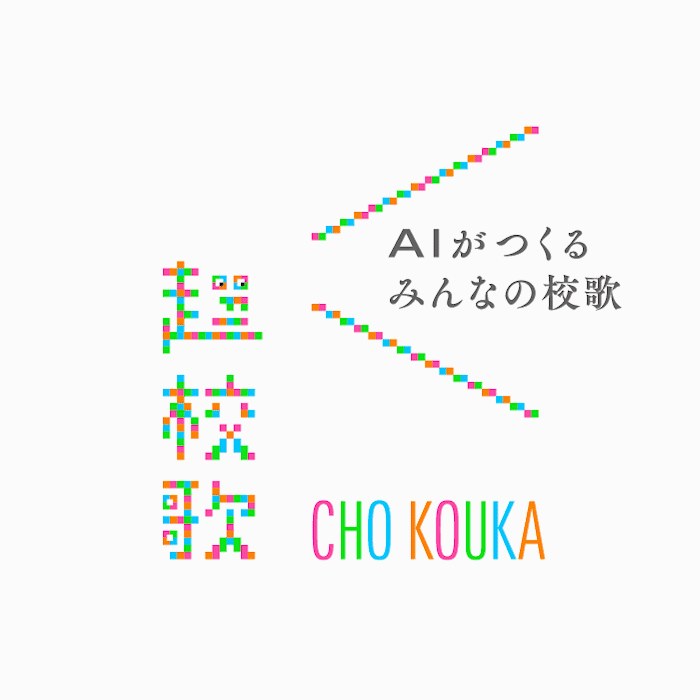


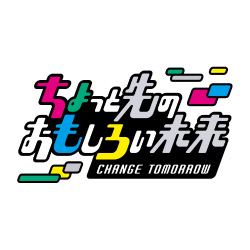
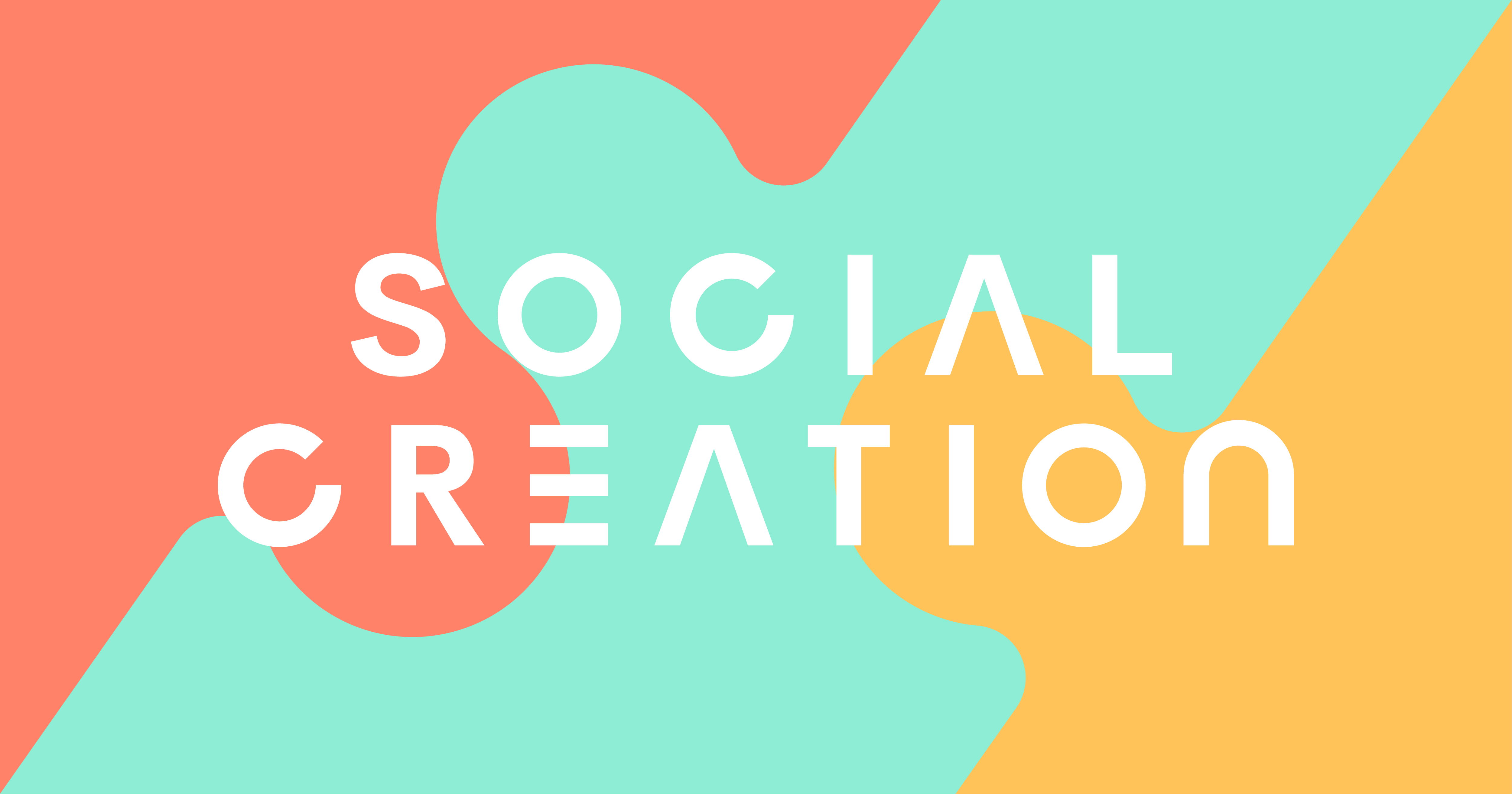




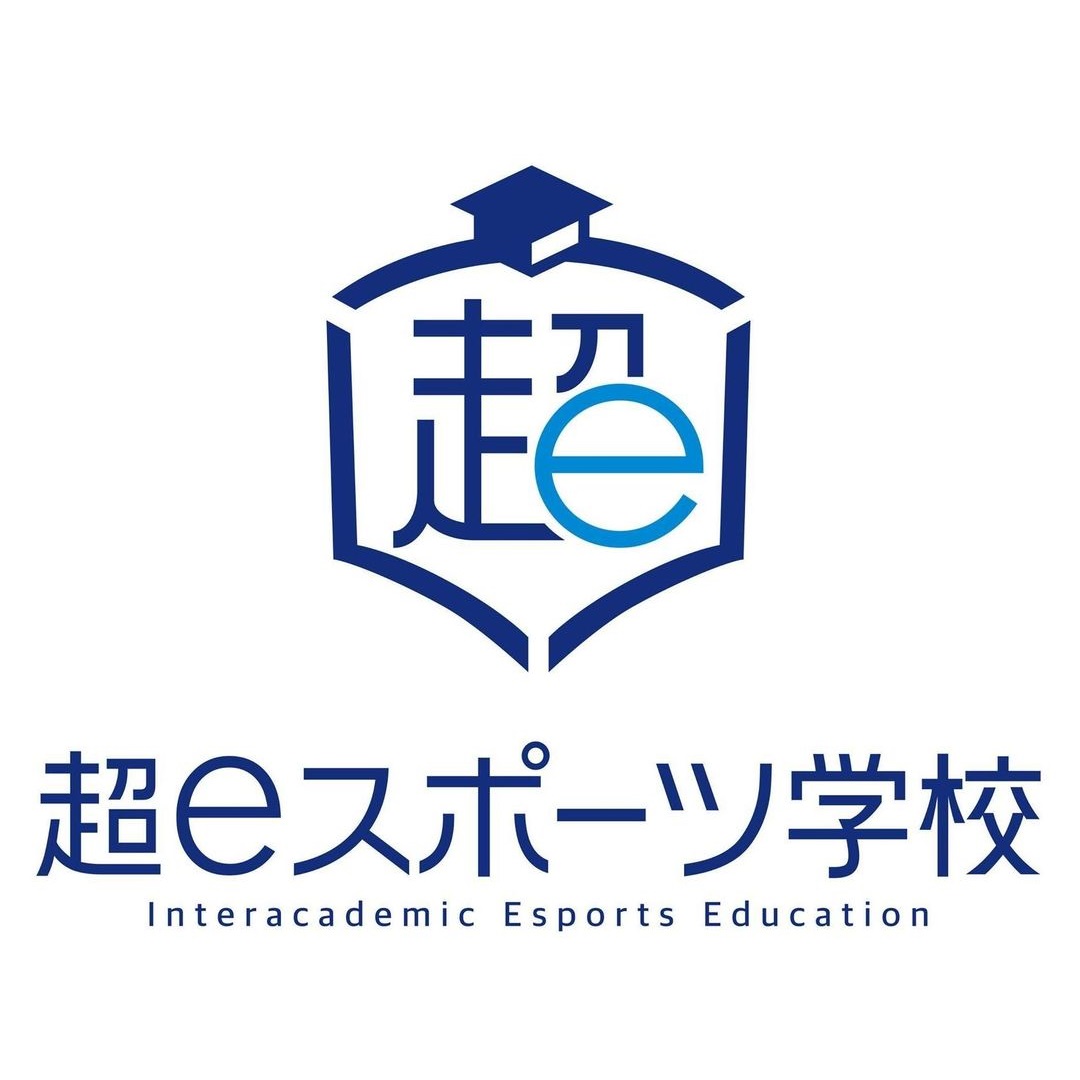
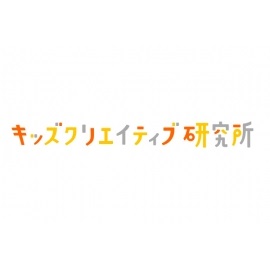

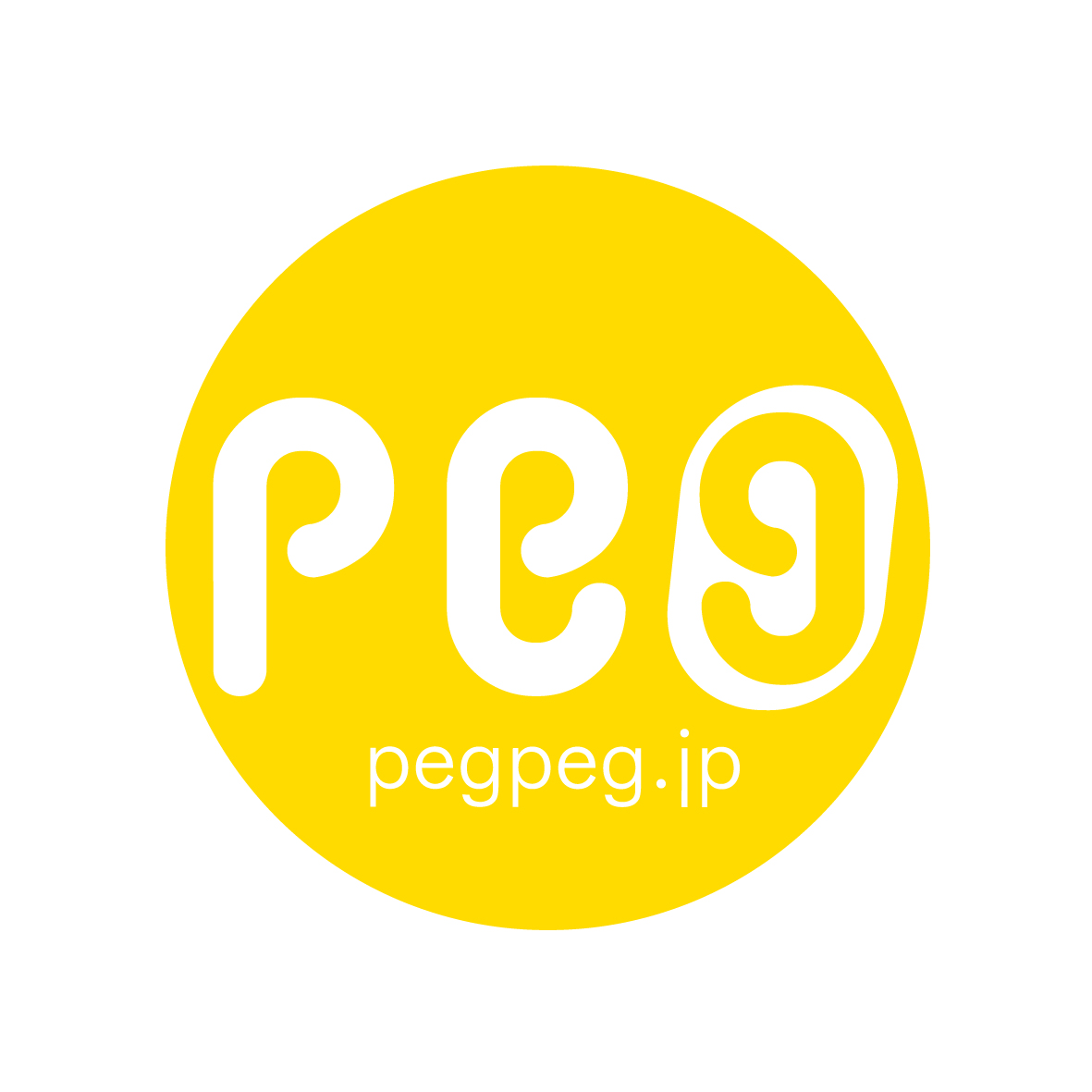
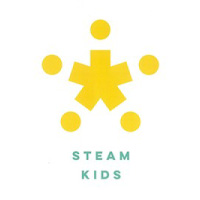

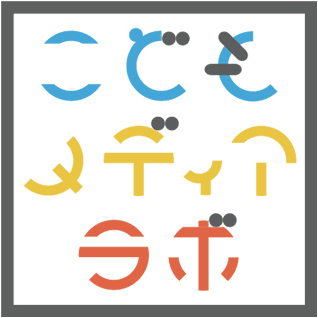
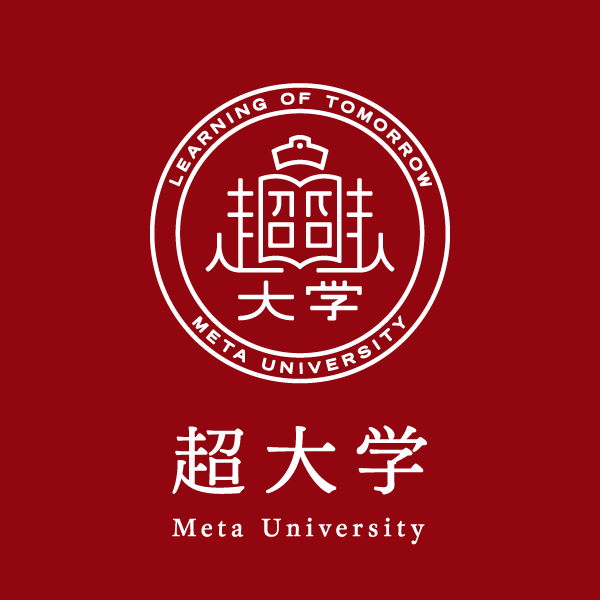

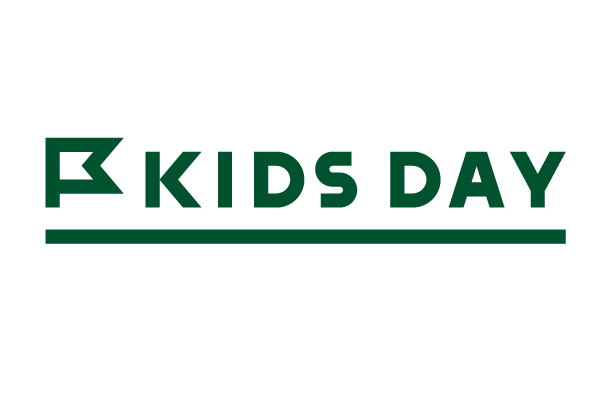



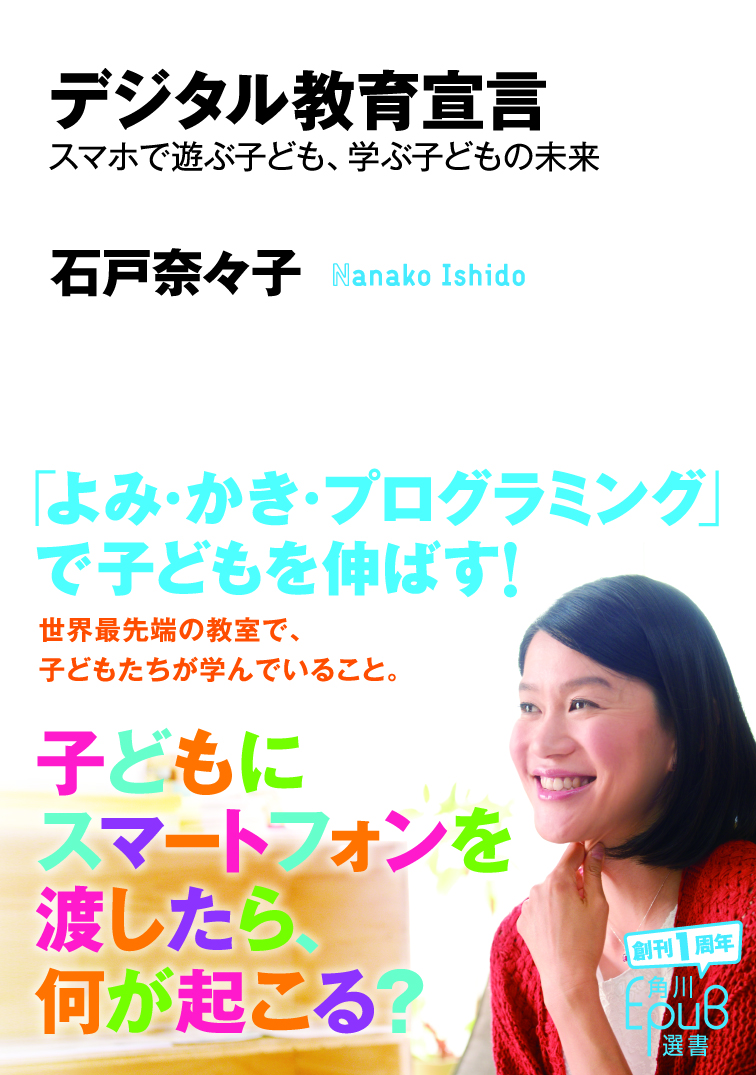
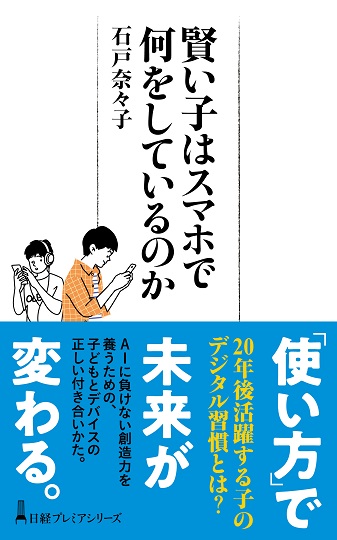
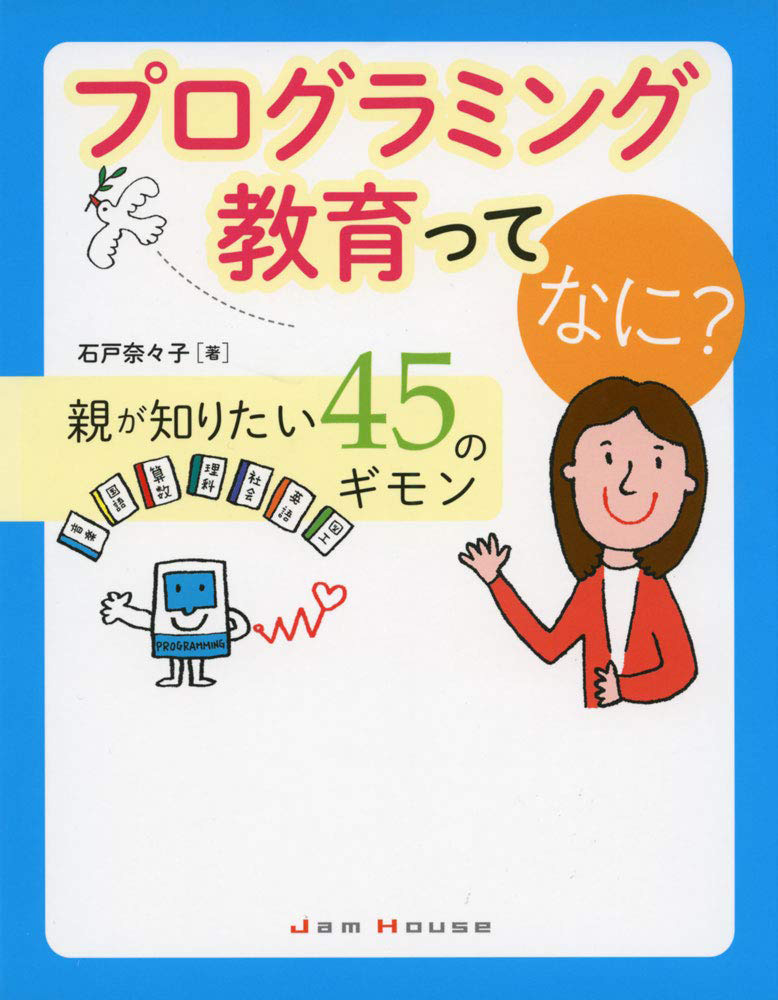

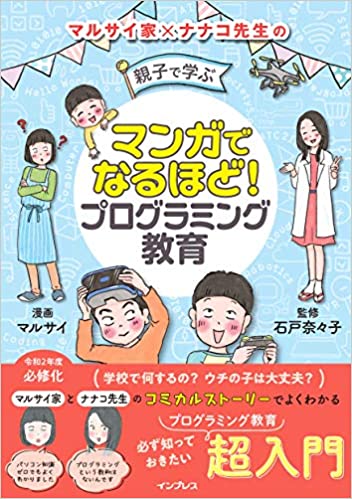
4052047885.jpg )

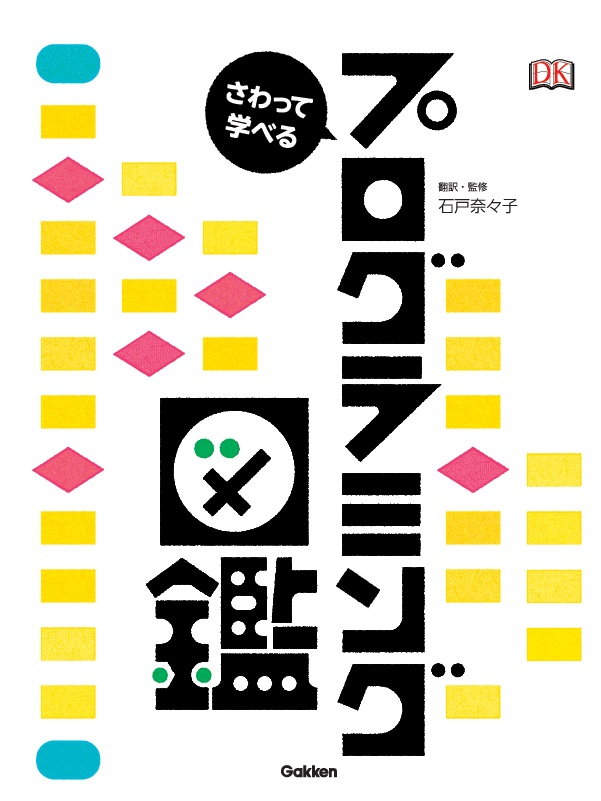
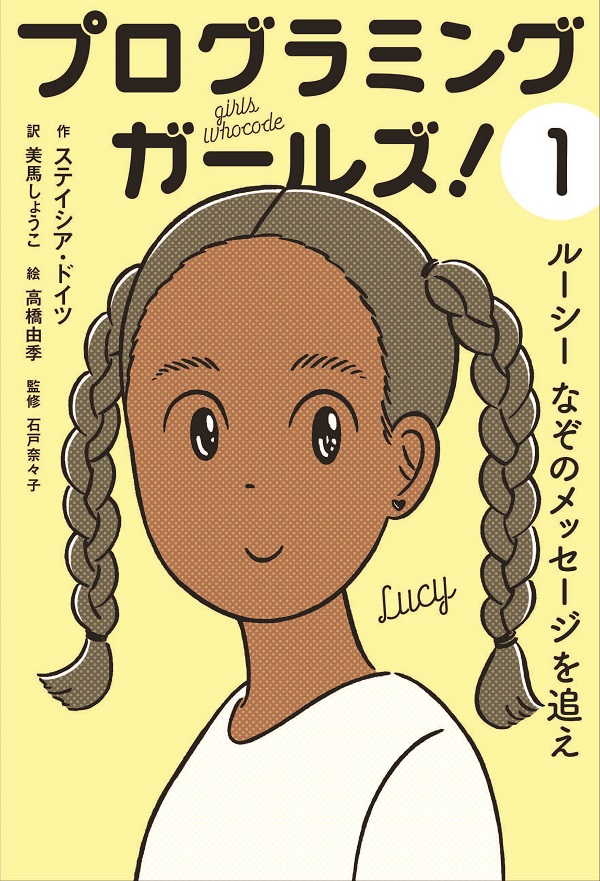
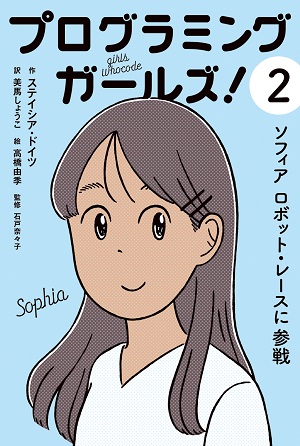
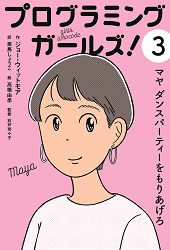
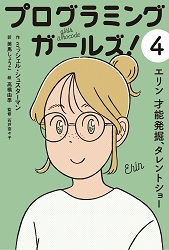


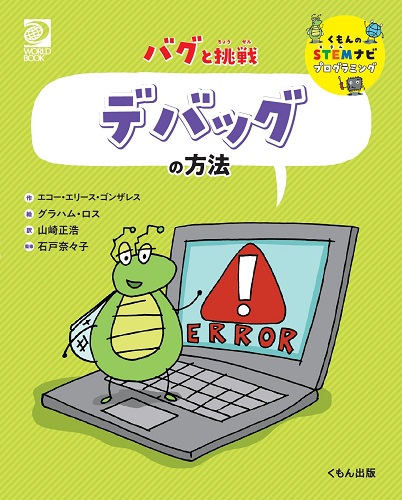
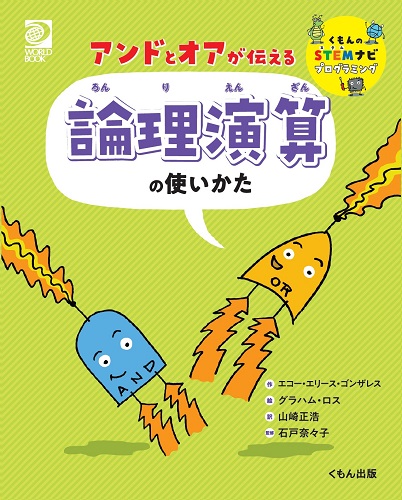

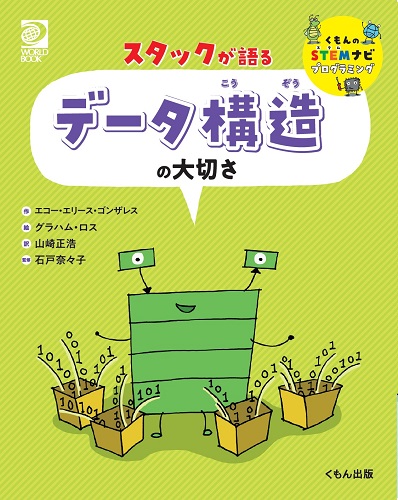



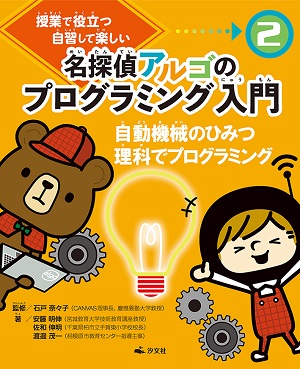


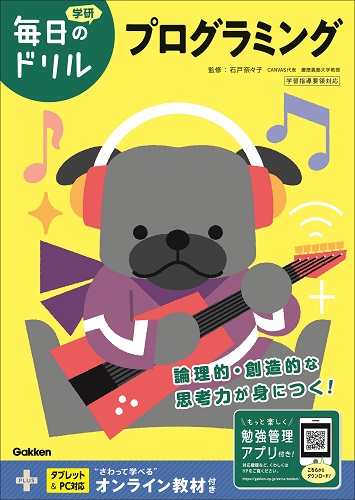

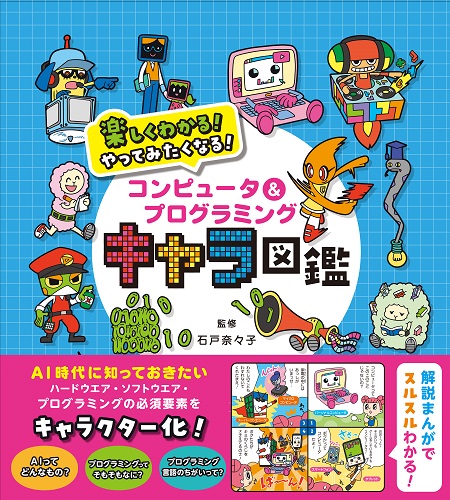

1.jpg)


